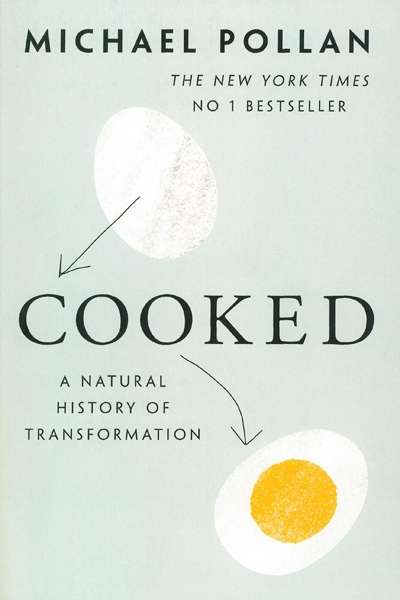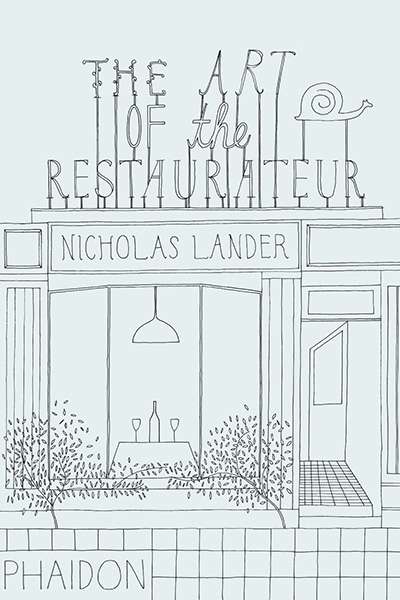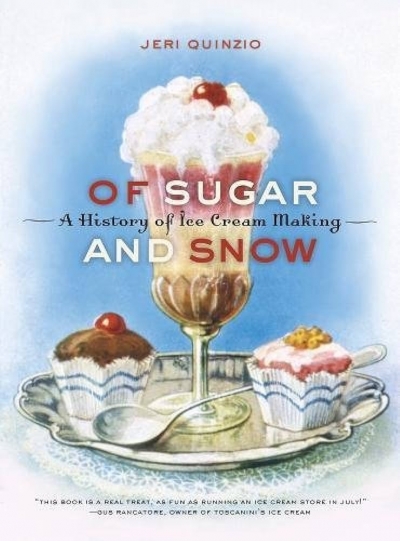Food
Michel Roux: The Collection by Michel Roux & A Lifetime of Cooking, Teaching and Writing from the French Kitchen by Diane Holuigue
by Christopher Menz •
Dearie: The Remarkable Life of Julia Child by Bob Spitz
by Sally Burton •
My Umbrian Kitchen by Patrizia Simone with Caroline Pizzey
by Christopher Menz •
The Cookbook Library: Four Centuries of the Cooks, Writers, and Recipes That Made the Modern Cookbook by Anne Willan, Mark Cherniavsky, and Kyri Claflin
by Christopher Menz •
Bold Palates: Australia’s Gastronomic Heritage by Barbara Santich
by Sally Burton •
A Food Lover’s Pilgrimage to Santiago de Compostela by Dee Nolan (photography by Earl Carter)
by Paul Genoni •
The cookery sections of bookshops are crammed with bright new titles, but how necessary are they? Inevitably, they are repetitive – how many ways are there to boil an egg, make stock, prepare a vinaigrette? – and presentation is often privileged over content. In such a crowded market, awash with flashy covers, glossy photography, and populist titles acclaiming the latest celebrity chef, or niche cuisine, how can we sort out the cream from the whey? How can we be confident that books will edify or endure? Gratifyingly, some publishers are reprinting older works, providing a balance between the new and inventive, the tried and trusted.
... (read more)Of Sugar and Snow: The History of ice cream making by Jeri Quinzio
by Gay Bilson •









